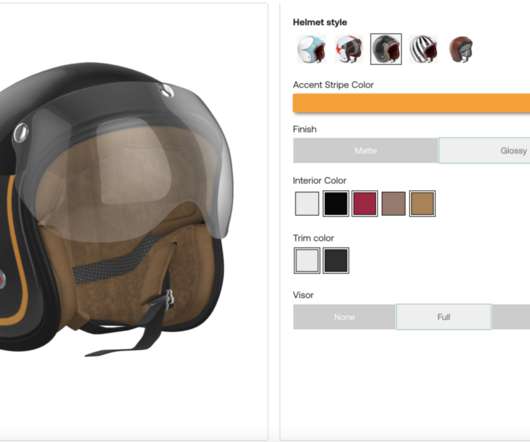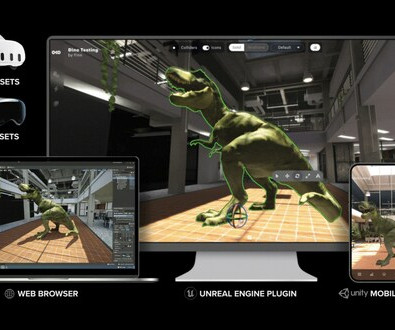Tactical Haptics to Open Pre-orders for ‘Reactive Grip’ Dev Kits on May 29th
Road to VR
MAY 16, 2019
We first saw the Reactive Grip tech—which uses sliding bars to provide unique ‘shear’ feedback— way back in 2013. Tactical Haptics plans to ship the dev kit controllers with tech demos, an SDK, and plugins for Unity and Unreal, so that developers can integrate the controller’s unique haptics with their content.
























Let's personalize your content